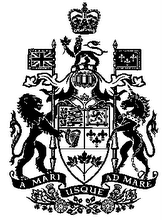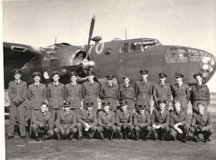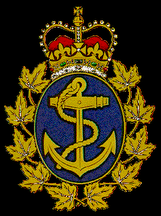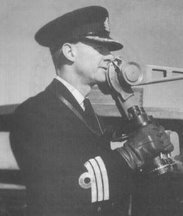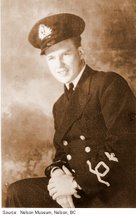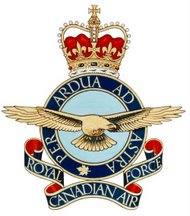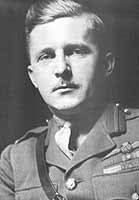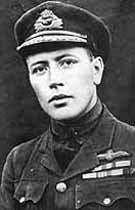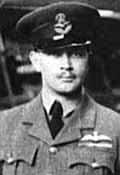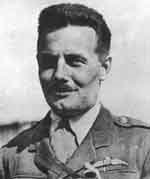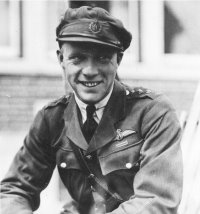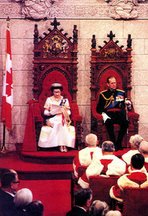Turning the military clock back to its proper time
Now that a full year has passed since the federal government boldly returned the main branches of the armed forces to their pre-1968 designations – the Royal Canadian Navy, the Canadian Army and the Royal Canadian Air Force – a decision that delighted and perplexed many, and appalled some as a retrograde step, an annum of perspective would perhaps be a timely and welcome thing.
Certainly the unexpected announcement attracted a considerable amount of media attention and debate, and even ignited a few spasms during a traditionally slow news month. Although the restoration was supported by a solid majority of Canadians across all spectra, including a majority of federalist Quebeckers, the shrieks and howls emanating from some quarters lambasting the move, did cause a disproportionate stir.
For example, opposition defence critic Jack Harris was adamant that the royal name change should be avoided because it would be divisive to the country, a fear that fortunately never materialized. Military historian Jack Granatstein, for his part, disparaged the restoration as “abject colonialism”, which seemed an oddly irrelevant apprehension to hold in contemporary and fully independent Canada. There were a few others, but it was the exquisite irony of former defence minister Paul Hellyer’s criticism that the reinstatement would prove a “monumental blunder of historic proportions”, and one that will have “inevitably costly consequences”, that requires a little further elaboration to properly dispel.
Mr. Hellyer – surely the most transformative defence minister in Canadian history – was understandably upset that his unification legacy had been – at least symbolically – overturned. After all, it was his single-minded audacity in the 1960s that pushed through the most revolutionary change in the armed forces of any developed country in the last century, effectively abolishing the navy, army and air force and forming a new single service, the unified Canadian Armed Forces.
Economically the merger was a massive reorganization exercise intended to amalgamate the functions of the military, reduce triplication and create integrated efficiencies – an ostensibly worthy goal in and of itself. What occurred in 1968, however, went far beyond an economic initiative. It was also a regrettable assault on the very identities of the navy, army and air force; their ranks, uniforms, history, traditions, titles. For a country that had always moved cautiously in reforming its institutions, and that had in the previous fifty years fought two world wars and Korea, the shock of this caused enormous pain to over a million Canadian veterans as well as to most of all ranks who were serving at the time. Unification struck at the very heart of esprit-de-corps.
The self-defeating effort to disenfranchise our sailors, soldiers and air personnel from their traditional loyalties and hard won distinctions – especially the navy, the most embattled and deeply wounded of the three – was politically motivated by a determined desire to “cleanse the forces of their Britishness”, what C.P. Champion, author of The Strange Demise of British Canada, calls “the neo-nationalist attack on [Canada’s] military tradition”. Given the ubiquity of that heritage, Mr. Hellyer was of the mind that the most efficient way to “Canadianize” the services was to scuttle them in one dramatic blow. The proud RCN and RCAF had to go; our sailors and airmen were chastened into the unification straightjacket, and ludicrously forced to don rifle green outfits and adopt army ranks. If the amorphous, brave new Canadian Armed Forces was an impossible vehicle to rally morale, the troops would have to make do with bland bureaucratic distinctions like “Maritime Command” and “Air Command” or even “Land Force Command”. The whole reinvented apparatus was, at root, an uninspiring concoction, and therein laid its eventual fate.
Some vital traditions in fact were restored before they were even abandoned. In time, nearly all would be organically returned as the unification conformists gradually ceded to reality under successive governments. With the long overdue restoration of Canada’s battle-tried titles, our armed forces can proudly reclaim their inheritance. The reestablishment of these historic identities, as defence minister Peter MacKay announced one year ago today, “is an important way of reconnecting today’s men and women in uniform with the proud history and traditions they carry with them”, which will “once again serve as a timeless link between our veterans and serving soldiers, sailors and air personnel.”
The Hon. Paul Hellyer can rest easy in the knowledge that the perfectly sensible parts of his legacy remain firmly intact, and that thanks to his historic efforts the rebranded Canadian Forces continue to be one of the most functionally integrated militaries in the world today. But it was a bridge too far, and the country could have done without the temporary defacement of its naval and military heritage. The natural process of “Canadianization” was, after all, inevitable.
Indeed, the recovery of that heritage is a happy occasion, and one that Canadians rightly support and respect. The names and deeds of the RCN, RCAF and the regiments and corps of the Canadian Army are deepened in loyal and devoted service and distinctly forged in battle. They deserve all the honours that have been bestowed upon them. Glottal stops, notwithstanding.









